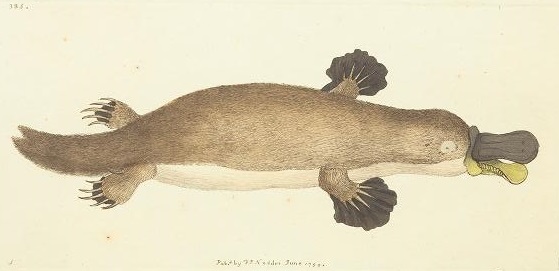This collection contains rare and old books, journals and pamphlets from the Museums Victoria Library in Melbourne, Australia. Museums Victoria joined the global BHL family in June 2010. We are the Lead Agency for BHL Australia, a national project funded by the Atlas of Living Australia.
To peruse the 100,000+ pages in the Museums Victoria Library Collection, click here.
The Museums Victoria Library collection was first established in the 1850s as a working collection for the Museum's curators. Over its 160-plus year history the library has evolved into one of the best collections of natural history books and journals in Australia. With a collection of over 40,000 titles, the library is considered to be of high significance to scholars, researchers and artists, along with Museums Victoria staff.
One of our most visually arresting contributions is Albertus Seba’s Locupletissimi rerum naturalium thesauri accurata descriptio commonly referred to in English as his Thesaurus. Museums Victoria holds the only copies of this work in Australian libraries. Using the Biodiversity Heritage Library we have been able to compare our copies with copies around the world in libraries that we would be unlikely to visit. We have been able to identify that our copies are bound differently to the norm, with plates and text in separate volumes. Presumably this was at the request of a previous owner. We have also been able to deduce that the unusual teal nails on the opossum are intentional! All coloured copies on BHL show the opossum sporting a teal mani-pedi.
One of our most significant contributions to the BHL has been The Naturalist's Miscellany by George Shaw, who was the Keeper of Zoology at the British Museum during the foundational period of the colony of New South Wales. During this period many indigenous Australian animals were seen by Europeans for the first time. There was a constant stream of specimens being sent to London, and Shaw encountered many of these through his position at the British Museum. Shaw wrote many of the first descriptions of Australian animals in Western scientific literature, and many of these are contained in the long-running series The Naturalists’ Miscellany. See in particular Shaw's description of the Platypus, which so confounded European scientists of this period:
Of all the mammals yet known, it seems the most extraordinary ... at first view it naturally excites the idea of some deceptive preparation by artificial means. (Shaw, 1799)

The first published illustration of the Duck-billed Platypus,
from The Naturalist's Miscellany, Vol. 10, George Shaw, 1799.